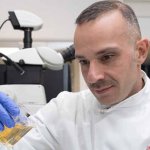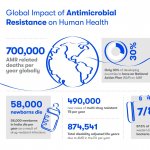
News • Commonly used antibiotic
Methacycline shows promise for combating Zika infections
In a preclinical study, NIH scientists found that the commonly used antibiotic methacycline may be effective at combating the neurological problems caused by Zika virus infections.


























